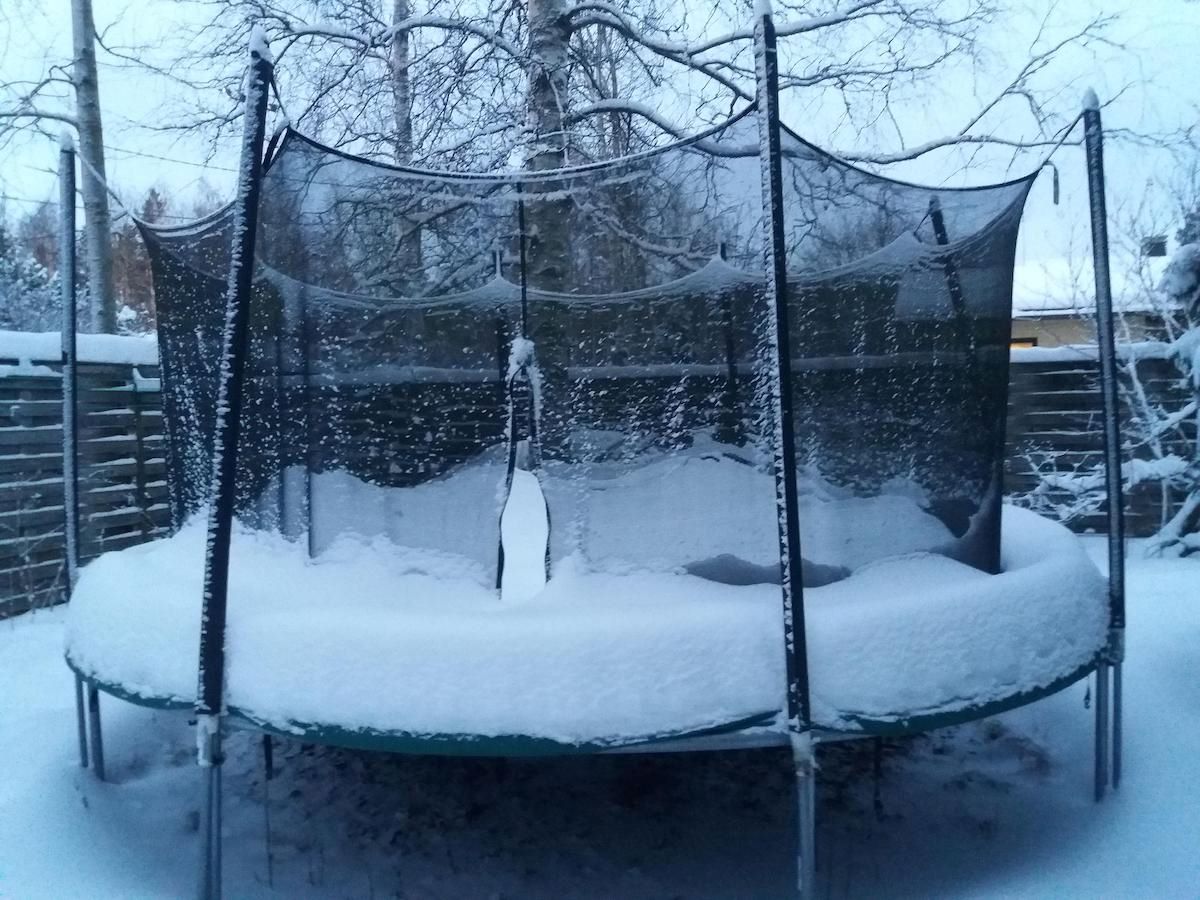

Articles
How To Store Trampoline In Winter
Modified: March 2, 2024
Learn how to properly store your trampoline during the winter months with these helpful articles. Keep your trampoline safe and protected from the elements for maximum longevity.
(Many of the links in this article redirect to a specific reviewed product. Your purchase of these products through affiliate links helps to generate commission for Storables.com, at no extra cost. Learn more)
Introduction
Trampolines are a fun and exhilarating way to enjoy outdoor activities, but as the winter months approach, it’s important to consider how to properly store your trampoline. Harsh winter weather conditions can cause damage to the trampoline and compromise its structural integrity, making it unsafe to use. By taking the time to prepare and store your trampoline correctly, you can extend its lifespan and ensure many seasons of enjoyment to come.
In this article, we will guide you through the steps and considerations for storing your trampoline during the winter months. From cleaning and disassembling to finding a suitable storage location, we will cover all the necessary details to ensure your trampoline remains in top condition.
Before we delve into the specifics of winter trampoline storage, let’s first explore why it is essential to store your trampoline during this season.
Key Takeaways:
- Properly storing your trampoline in winter is crucial to protect it from harsh weather, prevent damage, and extend its lifespan, ensuring many seasons of enjoyment for you and your family.
- From cleaning and disassembling to finding a suitable storage location, following a step-by-step process and performing regular maintenance will keep your trampoline in optimal condition for future use.
Read more: How Do You Store A Trampoline In The Winter
Why Should You Store Your Trampoline in Winter?
Winter weather conditions can be harsh, with freezing temperatures, snow, ice, and strong winds. These conditions can take a toll on your trampoline, causing damage to various parts and components. Here are a few important reasons why you should consider storing your trampoline during the winter:
- Protection from the elements: Snow, ice, and excessive moisture can cause the trampoline mat to become slippery, making it unsafe for use. Additionally, heavy snow and ice accumulation can put extra weight on the trampoline frame, leading to bending or even collapse.
- Avoiding rust and corrosion: Constant exposure to moisture and extreme temperatures can lead to rust and corrosion on the metal parts of your trampoline. By storing it indoors, you can protect these parts from damage and maintain their longevity.
- Preventing structural damage: Strong winds and heavy snow can cause the trampoline to shift or even blow away, resulting in significant structural damage. Storing it in a safe location ensures that it remains intact and ready for use when the weather improves.
- Extending the lifespan: Taking the time to properly store your trampoline during winter can help extend its lifespan. By protecting it from the harsh elements, you can avoid unnecessary wear and tear, ensuring that you and your family can continue to enjoy it for years to come.
- Maintaining safety: A properly stored trampoline is a safe trampoline. By storing it during the winter months, you reduce the risk of accidents, injuries, or damage that can occur from attempting to use a trampoline in hazardous weather conditions.
Considering these reasons, it is clear that storing your trampoline during the winter months is essential for its longevity, safety, and overall performance. Now, let’s move on to the factors you should consider before storing your trampoline.
Factors to Consider Before Storing
Before you begin the process of storing your trampoline for winter, there are a few important factors to consider:
- Climate: The specific climate in your region will determine the urgency and extent of your trampoline storage preparations. If you live in an area with heavy snowfall or extreme cold temperatures, it is crucial to store your trampoline early to avoid any damage.
- Storage space: Assess the available storage space you have for your trampoline. Ensure that it is dry, secure, and adequately sized to accommodate all the trampoline components.
- Time and effort: Storing a trampoline can be a labor-intensive process. Consider the time and effort required to disassemble, clean, and store the trampoline, as well as the maintenance tasks that may be needed throughout the winter season.
- Manufacturer’s recommendations: Consult the manufacturer’s guidelines and recommendations for storing your specific trampoline model. Following these instructions can help ensure that you are storing your trampoline in the most appropriate way, avoiding any potential warranty or performance issues.
By taking these factors into account, you can make informed decisions and adequately prepare for the storage process. Now let’s explore the step-by-step process of storing your trampoline for the winter months.
Step 1: Clean and Dry the Trampoline
Before you start storing your trampoline, it is important to give it a thorough cleaning to remove any dirt, debris, or moisture that may have accumulated. Follow these steps to clean and dry your trampoline:
- Remove the trampoline mat: Start by removing the trampoline mat from the frame. Carefully detach it from the springs and set it aside.
- Sweep or brush the mat: Use a broom or a soft-bristle brush to remove any loose dirt or debris from the surface of the trampoline mat. Pay special attention to the corners and edges.
- Scrub the mat: Fill a bucket with warm water and mild soap. Use a soft sponge or cloth to gently scrub the surface of the trampoline mat, removing any stains or stubborn dirt. Avoid using harsh chemicals or abrasive scrub brushes as they can damage the mat.
- Rinse the mat: Thoroughly rinse the trampoline mat with clean water to remove any soap residue. Ensure that all the soap is completely washed away.
- Dry the mat: Once cleaned, leave the trampoline mat in a shaded area to air dry completely. Avoid direct sunlight, as it can cause the mat to fade or become brittle.
While the trampoline mat is drying, take the time to clean and inspect the springs and other metal components of the trampoline. Use a clean cloth or sponge to wipe away any dirt or debris, and check for any signs of rust or corrosion. If you notice any damage or deterioration, consider replacing those parts before storing the trampoline.
By ensuring your trampoline is clean and dry before storage, you not only maintain its appearance but also prevent the growth of mold or mildew that can be harmful to the material. With a clean trampoline, you can now move on to the next step of the storage process.
Step 2: Disassemble the Trampoline
Once your trampoline is clean and dry, it’s time to disassemble it in preparation for storage. Follow these steps to safely disassemble your trampoline:
- Remove the safety enclosure: If your trampoline has a safety enclosure, start by removing it. Detach the netting from the trampoline frame and carefully disassemble the poles. Keep all the enclosure components together and store them separately.
- Remove the springs: Use a spring puller tool or a pair of pliers to remove the springs from the trampoline frame. Start at one end of the trampoline and work your way around, slowly releasing the tension from each spring. Keep the removed springs in a bag or container to prevent them from getting misplaced.
- Disassemble the frame: With the springs removed, carefully dismantle the trampoline frame into smaller sections. Most trampolines have frame sections that connect together with screws or bolts. Refer to the manufacturer’s instructions to ensure you disassemble the frame correctly.
- Label and organize: As you take apart the trampoline, label the different components and keep them organized. This will make it easier to reassemble the trampoline when the warmer months arrive.
Disassembling your trampoline allows for easier storage and helps protect the various components from damage. By removing the springs, you alleviate tension on the trampoline mat and prevent any unnecessary stress on the frame during storage. Properly disassembling and organizing the trampoline will also make the reassembly process much smoother in the future.
Now that you’ve successfully disassembled your trampoline, let’s move on to the next step: storing the trampoline mat and springs.
Read more: How To Store A Trampoline
Step 3: Store the Trampoline Mat and Springs
Once you have disassembled the trampoline, it’s time to store the trampoline mat and the springs. Properly storing these components will help maintain their condition and ensure they are ready for use when the winter is over. Follow these steps to store the trampoline mat and springs:
- Clean the trampoline mat: Before storing the trampoline mat, give it a final cleaning. Use a soft brush or cloth to remove any remaining dirt or debris.
- Fold the trampoline mat: Start by folding the trampoline mat in a neat and compact manner. Begin at one end and fold it accordion-style, making sure to keep it as flat as possible.
- Wrap the trampoline mat: Once folded, wrap the trampoline mat in a heavy-duty tarp or plastic sheet. This will provide an extra layer of protection against moisture and dust. Secure the wrapping with bungee cords or zip ties to keep it in place.
- Store the trampoline mat: Find a dry and temperature-controlled storage area to store the wrapped trampoline mat. It’s best to keep it in an upright position to prevent any sagging or bending of the mat. Avoid storing it in areas prone to extreme temperatures or direct sunlight.
- Store the springs: Gather all the trampoline springs you removed earlier and place them in a bag or container. Make sure the container is sealed and labeled to avoid any mix-ups with other trampoline parts.
- Keep everything together: Store the bag of springs with the wrapped trampoline mat, keeping all the trampoline components together in one designated area.
By properly storing the trampoline mat and springs, you ensure that they remain clean, protected, and easily accessible for future use. Now that these components are safely stored, let’s move on to the next step: storing the trampoline frame and legs.
When storing a trampoline in winter, disassemble the frame and store it in a dry, covered area to prevent rust and damage from snow and ice. Remove the mat and springs, and store them indoors to prevent deterioration.
Step 4: Store the Trampoline Frame and Legs
With the trampoline mat and springs safely stored, it’s time to focus on storing the trampoline frame and legs. Proper storage of these components is crucial to maintain their condition and prevent any potential damage. Follow these steps to store the trampoline frame and legs:
- Clean the frame and legs: Before storing the trampoline frame and legs, clean them thoroughly with a soft cloth or sponge. Remove any dirt, debris, or moisture that may have accumulated.
- Disassemble the frame sections: If your trampoline frame consists of multiple sections, disassemble them if necessary. Follow the manufacturer’s guidelines to ensure you correctly dismantle the frame.
- Label and organize: As you disassemble the trampoline frame, label the different sections and components to make the reassembly process easier in the future. Keep all the frame sections and legs organized and together.
- Wrap or cover the frame sections: Once disassembled and labeled, wrap each frame section with a blanket, moving pad, or bubble wrap. This will add a layer of protection and prevent any scratches or dents during storage.
- Secure the legs: If your trampoline has detachable legs, bundle them together and secure them with zip ties or rope. Keep them with the wrapped frame sections or store them separately, depending on the available space.
- Store in a dry and secure location: Find a suitable storage area for the wrapped trampoline frame and legs. Choose a place that is dry, secure, and away from extreme temperatures or moisture. If possible, store them upright to preserve their shape and structural integrity.
By taking the time to properly store the trampoline frame and legs, you ensure that they stay in good condition and are ready for reassembly when the warmer months return. Now that the frame and legs are stored, let’s move on to the next step: covering and protecting the stored trampoline.
Step 5: Cover and Protect the Stored Trampoline
Now that you have completed the process of disassembling and storing the various components of the trampoline, it’s time to cover and protect the stored trampoline. This step is crucial to safeguard it from dust, dirt, and potential damage during the winter months. Follow these steps to cover and protect your stored trampoline:
- Choose a suitable cover: Select a high-quality trampoline cover that is specifically designed for your trampoline’s size and shape. Ensure that it is made of durable, weather-resistant material to withstand the winter elements.
- Place the cover over the frame: Carefully position the trampoline cover over the folded and wrapped trampoline frame. Ensure that it fully covers the frame, mat, and any other stored components.
- Secure the cover: Secure the trampoline cover in place using the provided straps, bungee cords, or hooks. Make sure that the cover is tightly secured to prevent it from being blown away by strong winds.
- Inspect for any gaps: Inspect the covered trampoline for any gaps or openings where dirt or debris may enter. Seal any gaps or openings with additional straps or bungee cords to ensure a tight fit.
- Regularly check and maintain the cover: Throughout the winter months, periodically check the trampoline cover for any signs of damage or wear. Repair or replace the cover if necessary to maintain its effectiveness in protecting your trampoline.
By covering and protecting the stored trampoline, you provide an additional layer of defense against dust, dirt, and adverse weather conditions. This step helps maintain the cleanliness and integrity of the trampoline components, ensuring they remain in good condition until it’s time to use them again. Now that the trampoline is covered, let’s move on to the next step: finding a suitable storage location.
Step 6: Find a Suitable Storage Location
Once you have completed all the previous steps of cleaning, disassembling, and protecting your trampoline, it’s time to find a suitable storage location. The location you choose should provide a safe and secure environment for your trampoline during the winter months. Follow these steps to find an appropriate storage location:
- Indoor storage: If you have sufficient indoor space, such as a garage or a storage shed, consider storing your trampoline indoors. Indoor storage provides the highest level of protection against extreme temperatures, moisture, and other external elements.
- Outdoor storage: If indoor storage is not available, choose an outdoor location that offers protection from direct sunlight, heavy snow, and strong winds. Look for areas that are sheltered, such as under a covered patio or against a solid outdoor structure.
- Elevated storage: When storing the trampoline outdoors, it is advisable to elevate it slightly off the ground. This prevents moisture from accumulating underneath the trampoline, which can lead to mold and rust. You can use blocks, pallets, or a trampoline storage rack to elevate it.
- Secure storage: Ensure that the chosen storage location is secure and inaccessible to unauthorized individuals. This can help prevent theft or tampering with your trampoline during the storage period.
- Consider local regulations: Check local regulations or homeowner association guidelines to ensure you are in compliance with any rules regarding the storage of trampolines in your area.
By finding a suitable storage location, you ensure that your trampoline is protected from harsh weather conditions and potential damage. Remember to take into consideration the available space, security, and any applicable regulations when making your storage decision.
Now that you have found the ideal storage location for your trampoline, let’s move on to the final step: maintenance tips for stored trampolines.
Read more: How To Store Winter Squash
Step 7: Maintenance Tips for Stored Trampolines
Even though your trampoline is safely stored for the winter months, it’s important to perform some maintenance tasks to ensure it remains in optimal condition. Follow these maintenance tips for stored trampolines:
- Regularly inspect the storage area: Periodically check on the storage area to ensure there are no signs of water leakage, pests, or other potential issues that could affect the stored trampoline.
- Remove any debris: Keep the storage area clean and free from leaves, dirt, or other debris that may accumulate around or on the stored trampoline.
- Check the cover: Regularly inspect the trampoline cover for any signs of damage or wear. Repair or replace the cover if necessary to maintain its effectiveness in protecting the trampoline.
- Monitor humidity levels: If storing the trampoline indoors, monitor the humidity levels in the storage area. Excessive humidity can lead to moisture buildup, which can damage the trampoline components.
- Inspect for pests: Routinely check for signs of pests, such as rodents or insects, in the storage area. Take necessary measures to prevent or address any pest infestation that may affect the trampoline.
- Consider seasonal maintenance: In addition to the regular maintenance, perform seasonal maintenance tasks on the stored trampoline, such as lubricating the springs or tightening any loose screws or bolts, before reassembling it for use in the spring.
By following these maintenance tips, you ensure that your stored trampoline remains in good condition and is ready for use when the winter months are over. Regular inspection and maintenance help identify and address any issues early on, preventing further damage and ensuring a smooth transition when it’s time to set up the trampoline again.
Now that you have completed all the steps and maintenance tips for storing your trampoline, you can rest assured that it is protected and well-maintained during the winter months. By following these guidelines, you ensure a longer lifespan for your trampoline and continued enjoyment for years to come.
Remember to refer back to this guide when it’s time to prepare your trampoline for storage next winter. Stay safe and enjoy the approaching winter season!
Conclusion
Storing your trampoline properly during the winter months is essential to protect it from the harsh weather conditions and maintain its longevity. By following the step-by-step guide outlined in this article, you can ensure that your trampoline remains in excellent condition and ready for use when the warmer months return.
We started by emphasizing the importance of storing your trampoline in winter, highlighting the potential damage that can occur if it’s left exposed to the elements. From protecting it from snow, ice, and rust, to preventing structural damage and extending its lifespan, the reasons to store your trampoline are compelling.
We then discussed the factors to consider before storing, including climate, available storage space, and manufacturer’s recommendations. Taking these factors into account ensures that you make informed decisions and adequately prepare for the storage process.
We provided detailed instructions for each step of the storage process, starting with cleaning and drying the trampoline to remove dirt and moisture. We then discussed the importance of disassembling the trampoline, storing the mat and springs separately, and wrapping and securing the frame and legs. Additionally, we covered how to cover and protect the stored trampoline, find a suitable storage location, and perform maintenance tasks to keep it in optimal condition.
Remember that safety should always be a priority when storing and using a trampoline. Be cautious throughout the process to avoid any injuries or accidents. Additionally, always follow the manufacturer’s instructions and guidelines for your specific trampoline model.
By taking the time to properly store your trampoline, you can enjoy its benefits for many seasons to come. When spring arrives and it’s time to set up the trampoline again, you’ll be rewarded with a well-preserved and ready-to-use recreational space that brings joy to your family and friends.
Now that you have the knowledge and tools to store your trampoline effectively, go ahead and start the process. With each step, you are ensuring the protection and longevity of your trampoline until it’s time to jump and bounce again.
Frequently Asked Questions about How To Store Trampoline In Winter
Was this page helpful?
At Storables.com, we guarantee accurate and reliable information. Our content, validated by Expert Board Contributors, is crafted following stringent Editorial Policies. We're committed to providing you with well-researched, expert-backed insights for all your informational needs.
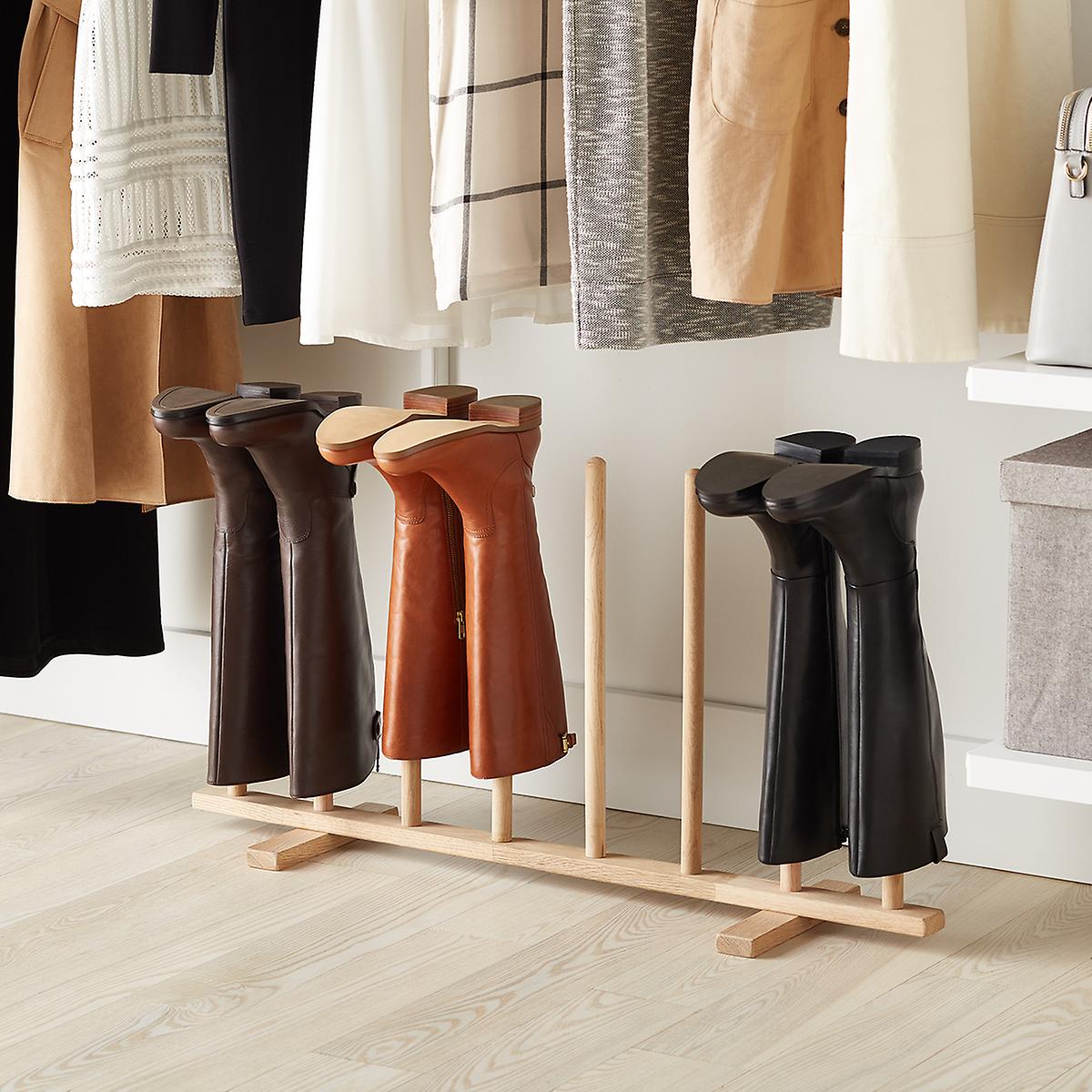

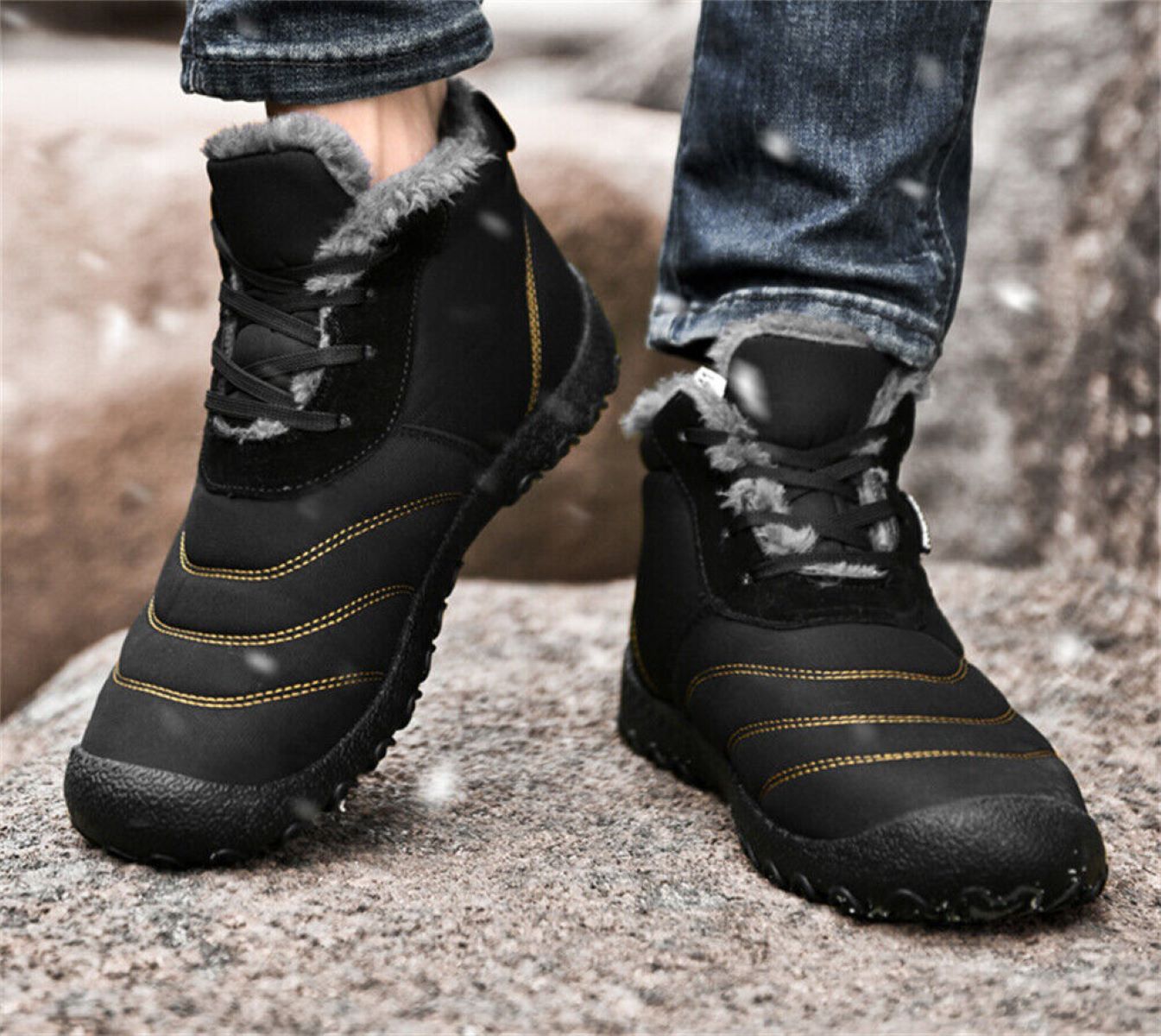




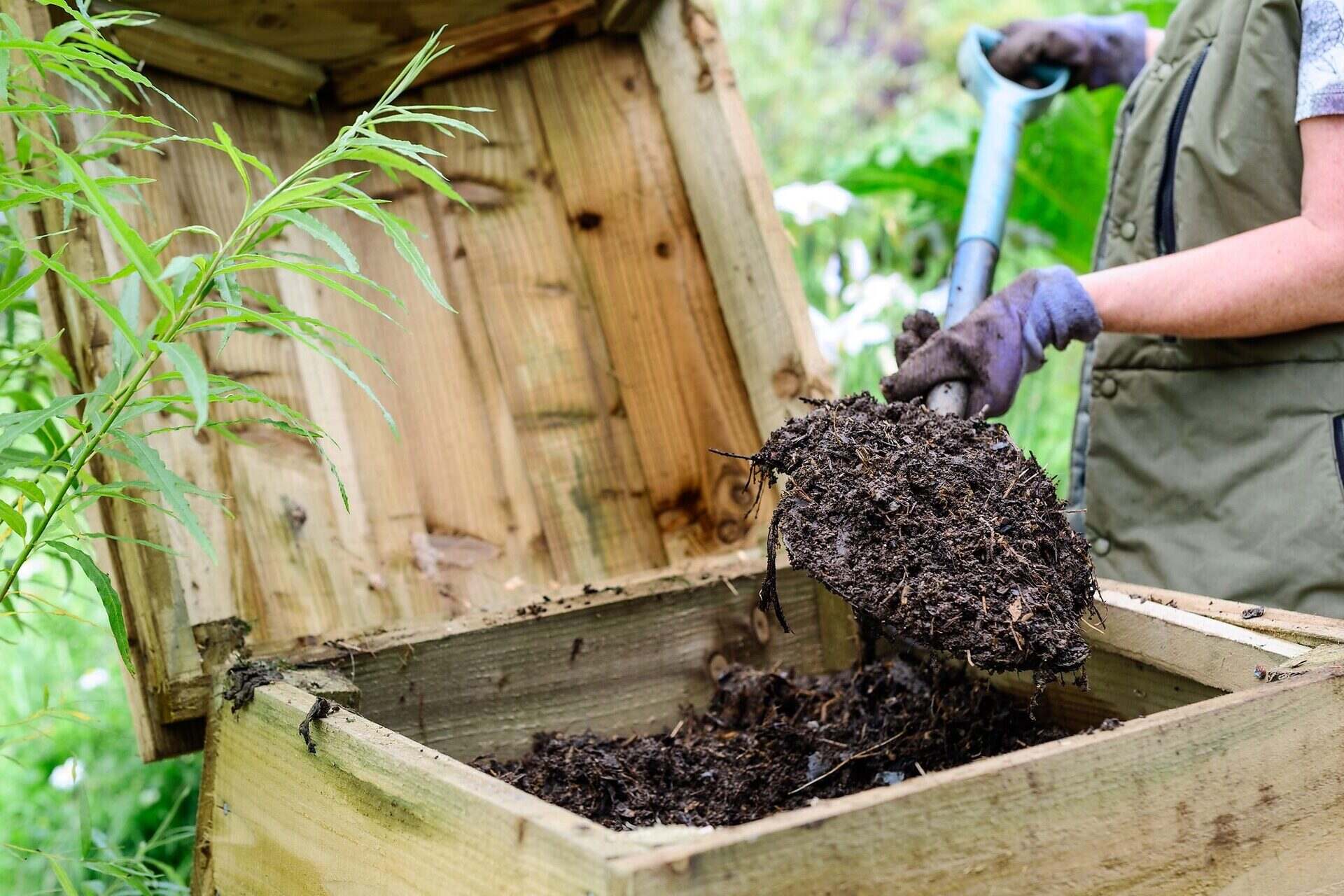




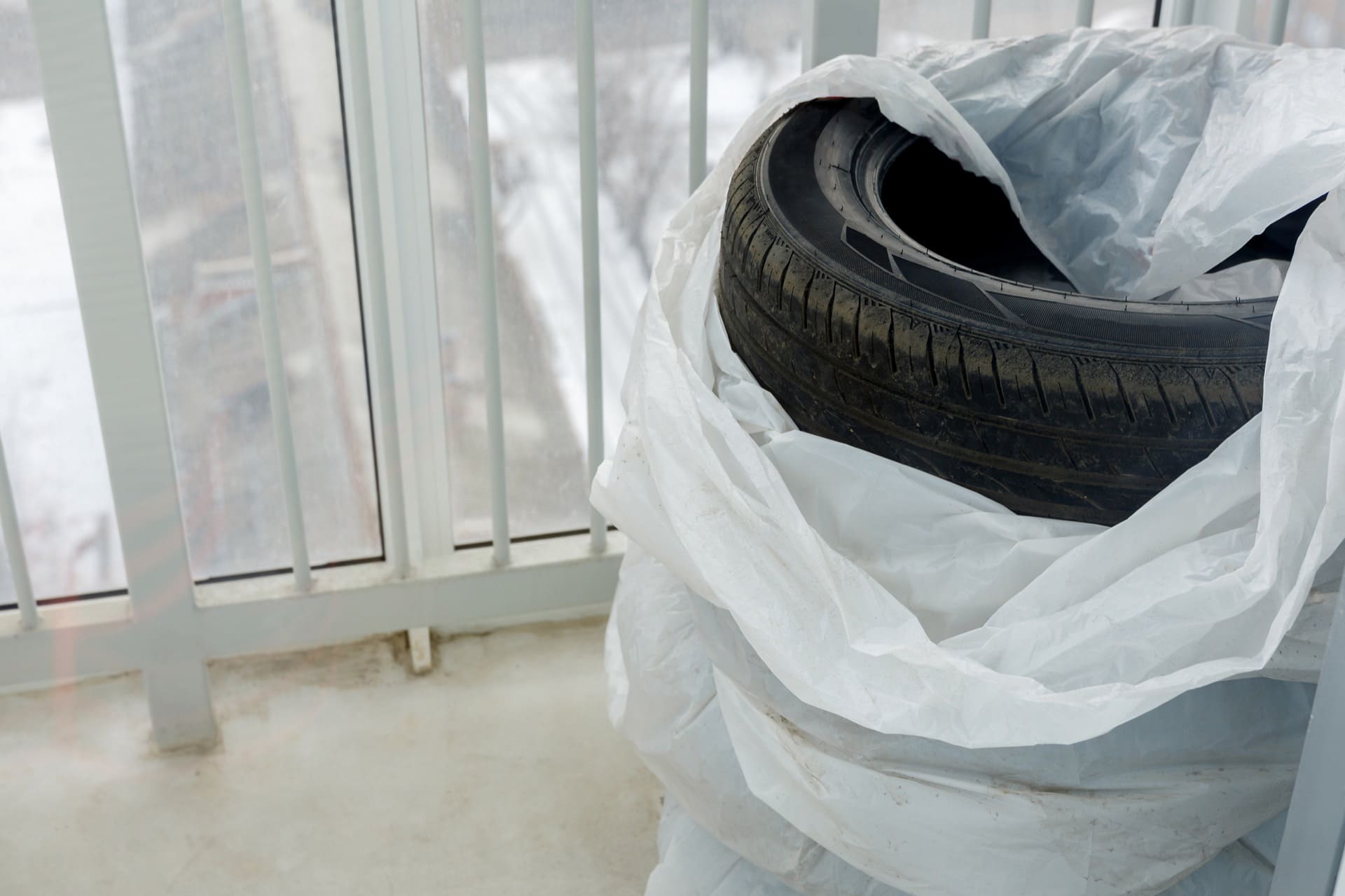

0 thoughts on “How To Store Trampoline In Winter”